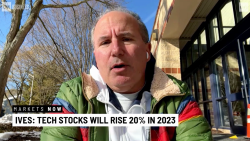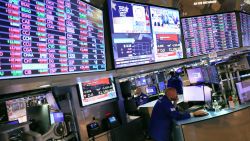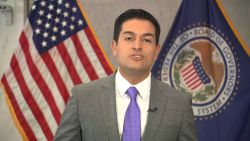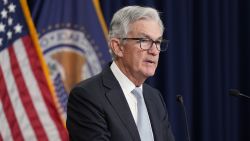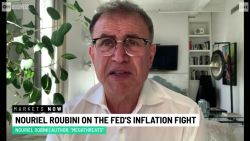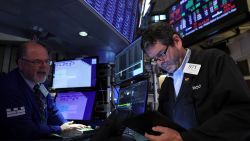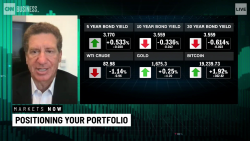The United States and China are set to go back to the negotiating table, and global stocks rallied this week in anticipation of a possible trade truce between the world’s two largest economies. But the initial celebration may prove premature.
Officials from Beijing are expected to visit Washington in early October for talks. Experts say the rapid escalation in tariffs from both countries in recent weeks will make a genuine compromise difficult.
The meetings are unlikely to achieve “any substantial progress,” said Tim Summers, senior consulting fellow on the Asia-Pacific program at Chatham House and adjunct professor at the Chinese University of Hong Kong’s Centre for China Studies.
Related: US hiring slows. Economy added 130,000 jobs in August
The United States wants China to implement sweeping structural changes, including significant reductions in the state’s role in the economy and better market access for US firms.
China is reluctant to make further structural reforms that would overturn the country’s fundamental state-driven development model.
“I don’t think Beijing has any intention of implementing structural reforms. Likewise, the US is unlikely to make a concession on fundamental issues either,” Summers said.
At the most, China could promise to increase purchases of American agricultural products, while the United States could offer to ease its restrictions on Huawei and other Chinese companies, Summers added. Both sides could also agree to postpone more tariffs on each other. The United States and China both face domestic pressures that could prompt them to try and dial back trade tensions.
“Beijing is under a great deal of stress as the Chinese economy is slowing and could cause potential social instability, which it fears the most,” said Willy Lam, a professor at Chinese University of Hong Kong’s Center for China Studies. “It has incentives to want to reach a deal. But there are bottom lines [like] the stability of the regime,” he added.
President Donald Trump could also make some concessions to appease American businesses hurting from the trade war as he seeks re-election in 2020.
“Trump wants to show he’s tough on China. But he is also careful about going too far, as the business community is already alarmed about the collateral damage from the export curbs on Huawei, ” said Alex Capri, a senior fellow and lecturer at the National University of Singapore.
“If he goes too far, blowbacks from the business community will hurt his election,” Capri said, but added that no “major breakthrough” is likely to come out of the talks.
Little progress was made between the United States and China during the last round of face-to-face meetings in Shanghai in July.
Soon after those discussions, Trump announced that his country would impose 10% tariffs — later raised to 15% -— on Chinese imports worth $300 billion. Beijing countered with tariffs of 5% to 10% on about $75 billion worth of US goods.
Washington’s latest move targets Chinese-made products like TVs and apparel that could become more expensive for American consumers. In a bid to soften the blow to holiday shopping, the US government has postponed the implementation of about half the tariffs until December 15.
The remaining tariffs that the countries imposed on each other last month went into effect on Sunday.
More tariffs are on the way. Trump said last month that he will increase duties from 25% to 30% on $250 billion worth of Chinese goods in October. China also said it would resume tariffs on US imports of automobiles and automobile parts in December.
Tensions between the United States and China — whether they are expressed through tariffs or other ways — might be something global businesses have to learn to live with, according to Capri of the National University of Singapore.
The trade war may just be “a manifestation of a systemic rivalry between the two superpowers, which have completely different systems,” he said. “The global supply chain could be increasingly fragmenting, and multinational companies may need to work with local partners to get around the export curbs.”


